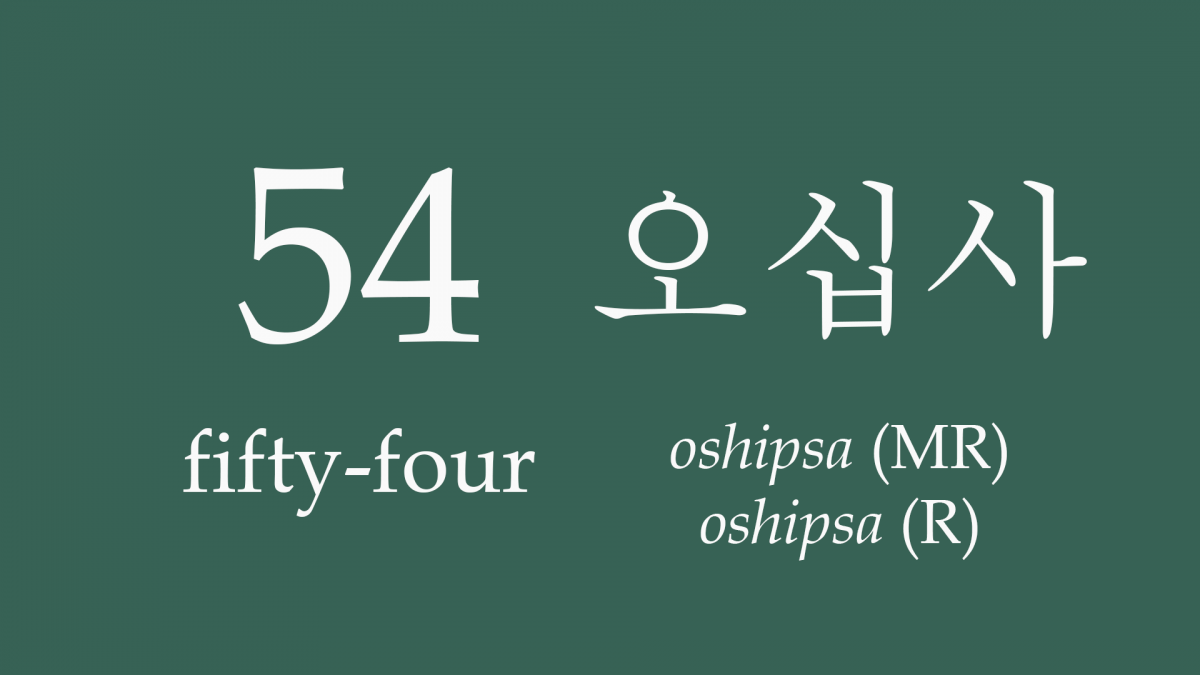Forms are practised in all styles of Taekwondo, and they are practised by students of all grades and degrees. Clearly they are central to Taekwondo training. Some people (like myself) like forms, and like practising them, but a number of people dislike forms. I’ve met a number of people over the time I’ve been training in Taekwondo who strongly dislike forms, and who vastly prefer to do other kinds of training such as sparring and self-defence training, and who wonder why we train in forms at all in Taekwondo. It is to those people that this post is written – I aim to show that even if you don’t like forms, there are good reasons why they’re such a big part of Taekwondo.
1. Body Control
This, I think, is THE most important reason to practise forms. Body control is just the ability to move your body into a specific position and know, without looking to check, that your body is in the correct position. It’s the ability to perform a punch and to know that your wrist is straight and that the opposite hand is on your waist without having to look to check, or without having an instructor come along and adjust the position.
This might sound like a very basic ability – and it is – but a lot of people, when they first start training in martial arts, do not have this ability. This is especially true with older students (30 years and older), who – if they have never done any physical activity that requires precise movements of the body, such as martial arts or dance – will have become used to a certain way of moving. When they first start training in martial arts they have to unlearn the way they have learnt to move over the first few decades of their life.
Forms are excellent for teaching body control, because they are a choreographed sequence of movements, and they should be performed in a very precise way. Importantly, the transitions between movements in forms are very specific – you have to move a specific foot, you have to turn a specific direction, you have to start the next technique at the correct point, and you have to maintain balance throughout. All of this forces you to think about how you are moving, and this is how forms train you in body control.
(This point isn’t so relevant if you’ve been training in Taekwondo or another martial art for several years. After a few years of training, you will have learnt body control, and it’s not an ability you will forget quickly. However, for beginners, learning body control, and hence practising forms, is essential.)
2. Competitions
Some people dislike the ‘sport’ side of Taekwondo: the style of fighting that’s used for competition sparring – which is often criticised as unrealistic – and the performance of forms. However, Taekwondo practitioners want to be able to compete, so there should be a part of Taekwondo which allows them to do that (even if it doesn’t completely emulate a real fight).
Forms are an excellent way of judging a Taekwondo practitioner’s ability. They are a test of balance, flexibility, and just the ability to accurately perform any given technique. Since everyone in a given style of Taekwondo will learn the same forms, they are a standardised way to compare the abilities of a group of practitioners. Indeed, so useful are forms for competitions, Kukki-won created a set of 10 new forms specifically to be used in competitions.
3. Forms are the lexicon of a martial art
This is another very important reason for practising forms. The forms of a particular style of a martial art contain all of the techniques that are part of that martial art. They are a dictionary of techniques – if you learn all of the forms, then you have learnt all of the techniques taught in that martial art.
This idea is arguably somewhat undermined by the fact that people like Choi Hong-hi and Hwang Ki wrote encyclopaedias for their styles of Taekwondo, and those encyclopaedias are far more detailed and specific than the forms are. Nevertheless, it is still the tradition, in the martial arts that are related to Karate, that each generation of students teaches forms to the next generation, and that knowledge is passed down through those forms, which encapsulate all of the knowledge of that style. Forms form a kind of ‘oral history’ – a ‘choreographic history’ or a ‘choreographic lexicon’ – and passing that from one generation to the next is part of the traditions of Taekwondo.
4. Fitness
Forms are not performed particularly fast, but practising them does improve your fitness. Forms often involve performing low stances and various different kicks, which improve your flexibility and strength. They often also involve one-leg stances, which together with any high kicking techniques improve your balance.
One could argue that there are plenty of general exercises you could do to improve these aspects of fitness, but forms do all of them at the same time. Forms are excellent for improving your general fitness.
Forms do not teach you how to win a fight, but they’re not supposed to. They’re supposed to be a foundation of training from which other forms of training – free sparring, self-defence training – develop.

